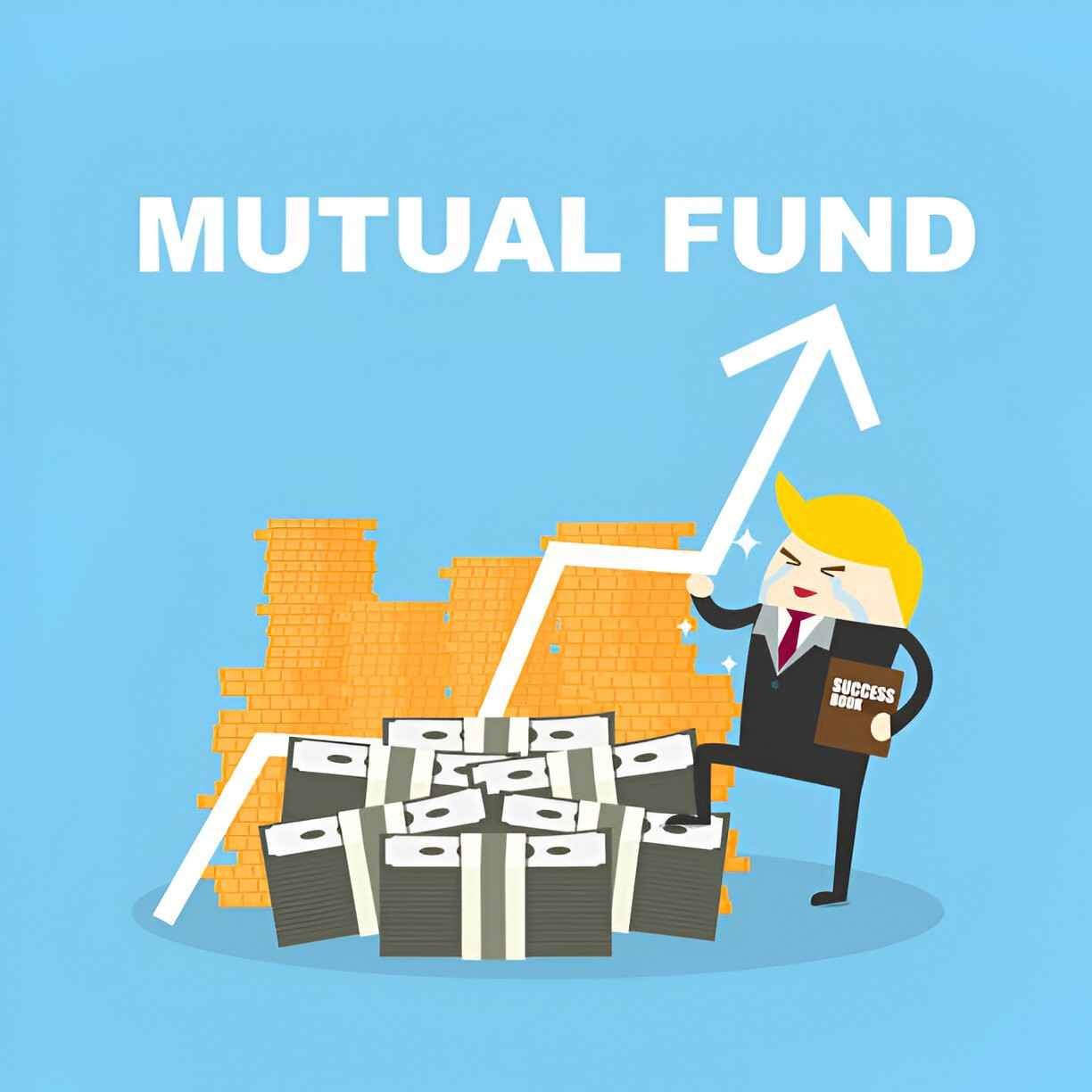Introduction
As a finance expert, I often hear the question: Can small investors effectively invest in open-end mutual funds? The short answer is yes—but with caveats. Open-end mutual funds offer accessibility, diversification, and professional management, making them attractive for retail investors. However, challenges like fees, minimum investments, and market risks exist.
Table of Contents
What Are Open-End Mutual Funds?
Open-end mutual funds pool money from multiple investors to buy a diversified portfolio of stocks, bonds, or other securities. Unlike closed-end funds, they issue and redeem shares based on demand, pricing them at Net Asset Value (NAV) at the end of each trading day.
The NAV is calculated as:
NAV = \frac{Total\ Assets - Total\ Liabilities}{Number\ of\ Outstanding\ Shares}For example, if a fund has $100 million in assets, $5 million in liabilities, and 10 million shares outstanding, the NAV would be:
NAV = \frac{100,000,000 - 5,000,000}{10,000,000} = \$9.50\ per\ shareAdvantages for Small Investors
1. Low Minimum Investments
Many open-end funds allow initial investments as low as $100–$1,000. Some even waive minimums for automatic monthly contributions.
2. Diversification
A small investment grants exposure to a broad portfolio, reducing unsystematic risk. For instance, a $500 investment in an S&P 500 index fund means owning fractional shares in 500 companies.
3. Professional Management
Fund managers handle stock selection, rebalancing, and market analysis—services small investors may not access independently.
4. Liquidity
Shares can be redeemed at NAV on any business day, unlike ETFs, which trade at market prices.
Challenges for Small Investors
1. Fees and Expenses
Expense ratios, sales loads, and other fees can erode returns. A fund with a 1% expense ratio reduces a 7% annual return to 6%. Over 20 years, this compounds significantly:
Final\ Value = Initial\ Investment \times (1 + (Return - Expense\ Ratio))^{Years}For a $10,000 investment:
10,000 \times (1 + 0.06)^{20} = \$32,071 10,000 \times (1 + 0.07)^{20} = \$38,697The difference? $6,626—just from a 1% fee.
2. Tax Inefficiency
Capital gains distributions are taxable, even if you don’t sell shares. Actively managed funds generate more taxable events than index funds.
3. Performance Lag
Many actively managed funds underperform benchmarks. According to SPIVA, 80% of large-cap funds trailed the S&P 500 over 15 years.
4. Minimum Investment Barriers
Some funds require $3,000+ initial investments, excluding very small investors.
Comparing Open-End Funds to Alternatives
| Feature | Open-End Mutual Funds | ETFs | Individual Stocks |
|---|---|---|---|
| Minimum Investment | $100–$3,000+ | Share price | Share price |
| Fees | Expense ratios (0.1–2%) | Lower (0.03–0.5%) | Commission-free trading |
| Liquidity | Daily at NAV | Intraday | Intraday |
| Tax Efficiency | Low (capital gains) | High | High (if held long-term) |
| Diversification | High | High | Low (unless diversified manually) |
Strategies for Small Investors
1. Choose Low-Cost Index Funds
Vanguard’s S&P 500 index fund (VFIAX) has a 0.04% expense ratio—far cheaper than the average active fund.
2. Avoid Load Funds
Front-end (purchase) or back-end (redemption) loads reduce returns. No-load funds are preferable.
3. Use Dollar-Cost Averaging
Investing fixed amounts regularly reduces market-timing risk. For example:
| Month | Investment | Share Price | Shares Bought |
|---|---|---|---|
| Jan | $100 | $10 | 10 |
| Feb | $100 | $8 | 12.5 |
| Mar | $100 | $12 | 8.33 |
| Total | $300 | Avg Price: $9.71 | 30.83 shares |
The average cost per share (\$9.71) is lower than the arithmetic mean (\$10).
4. Monitor Tax Implications
Hold funds in tax-advantaged accounts (IRAs, 401(k)s) to defer capital gains taxes.
Real-World Example
Suppose you invest $5,000 in two funds:
- Fund A: 1% expense ratio, 7% annual return
- Fund B: 0.1% expense ratio, 7% annual return
After 30 years:
Fund\ A: 5,000 \times (1 + 0.06)^{30} = \$28,717 Fund\ B: 5,000 \times (1 + 0.069)^{30} = \$37,450The lower-cost fund yields $8,733 more—a 30% difference.
Regulatory Protections
The SEC mandates transparency in fees and holdings. Prospectuses detail risks, costs, and objectives—read them before investing.
Conclusion
Small investors can invest in open-end mutual funds successfully—if they choose wisely. Prioritize low fees, diversification, and tax efficiency. Avoid high-cost, underperforming funds. Dollar-cost averaging and index funds level the playing field.





